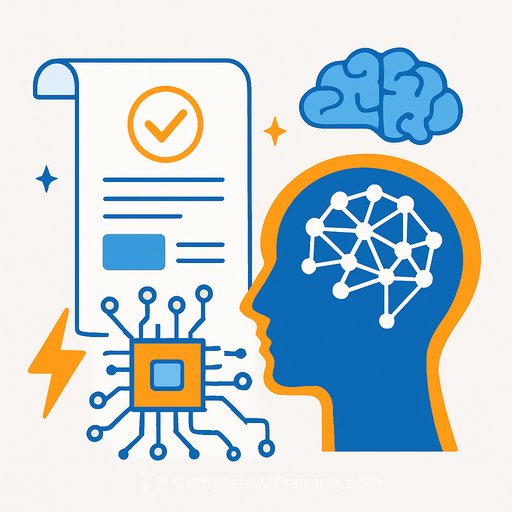Beyond the Hype: Using GenAI as a Practical Tool in Research
The conversation around AI is filled with noise. Most of it is useless to you.
For a researcher, AI is not a thinking replacement. It is a tool for leverage. It's about getting from question to insight faster by automating the non-essential tasks that consume your time.
Automating Tedious Work
Think about literature reviews. The process is slow and often repetitive. AI can process thousands of abstracts or full papers, condensing them into thematic summaries or structured tables. It finds the signal in the noise.
This doesn't outsource your critical analysis. It provides you with a cleaner, more organized starting point. You spend less time searching and more time thinking about the connections.
Generating Novel Hypotheses
True progress comes from asking better questions. By synthesizing vast amounts of information, AI can spot gaps and correlations across different domains that are invisible to a single human mind.
Use it as a brainstorming partner. Feed it a research area and ask for unexplored avenues or potential contradictions in existing literature. It can also help structure experiments by suggesting variables you may have overlooked.
Accelerating Analysis and Writing
Large datasets no longer require weeks of manual coding. An AI assistant can generate Python or R scripts for data cleaning, analysis, and visualization on command. You guide the process; it handles the syntax.
The same applies to writing. Use AI to create a first draft of a manuscript section, a grant proposal, or a report. It builds the structure, and you apply your expertise to refine, correct, and add the critical insights. It's a starting block, not the finished product.
The Necessary Guardrails
This tool is not infallible. AI models can produce incorrect information-"hallucinations"-with complete confidence. They also carry biases from their training data.
Every output must be verified. Treat the AI as a very fast, sometimes unreliable, junior assistant. The final responsibility for accuracy and integrity is yours. Be mindful of data privacy when using public tools with sensitive information.
For a deeper look into the responsible use of AI in scientific work, publications like Nature's collection on AI offer valuable guidelines.
The New Skill Set
The most effective researchers will not be replaced by AI. They will be the ones who master using it as a lever.
The essential skill is moving from being just a subject expert to being a director of intelligent tools. Learning how to frame problems and craft effective prompts is the new meta-skill for scientific productivity.
Developing this capability is a deliberate process. Exploring structured learning paths can provide a framework for integrating these tools into your workflow. You can see examples of AI courses designed for specific job roles to understand how this skill is being formalized.
```Your membership also unlocks:






